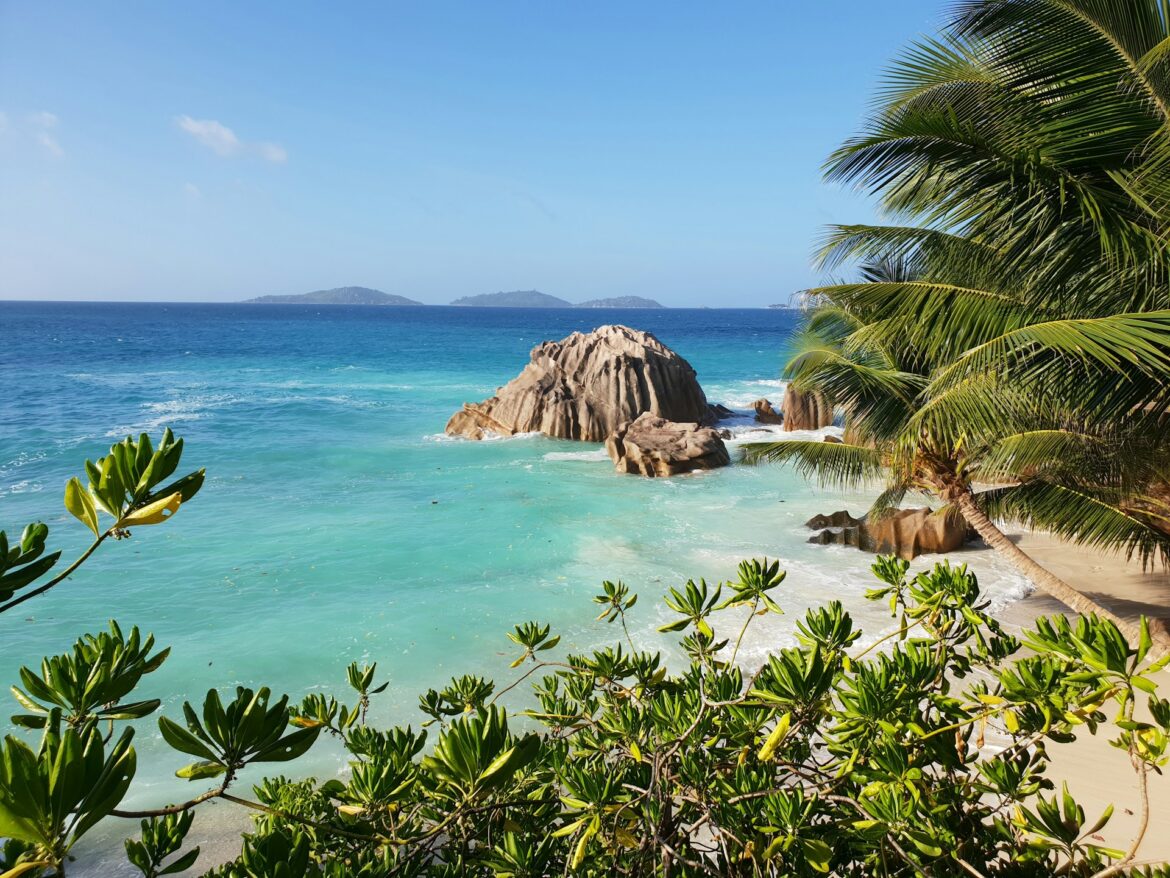Having spent an extended period in the Seychelles, experienced deckhand Oliver Mills-Nanyn has a keen interest in the golden age of piracy, including stories of the fabled privateer Oliver Levasseur. This article will look at Levasseur and the mysteries that surround him, including speculation over the whereabouts of his buried treasure.
Some sources paint Olivier Levasseur as little more than a pirate. However, many historians believe that, in reality, he came from a well-heeled family. Born in Calais in 1688, Levasseur was literate and had a career in the navy.
During the War of Spanish Succession, Oliver Levasseur became a privateer, raiding enemy ships on behalf of the French. At some point, however, his priorities apparently shifted, and Levasseur decided to stop serving the French and start plundering on his own behalf. He is rumoured to have accumulated obscene amounts of wealth, with his legendary exploits earning him the moniker ‘La Buse’, meaning ‘The Buzzard’.
Levasseur partnered with other notorious pirates of the day, including Samuel Bellamy, Edward England, Henry Jennings and Edward Teach, aka the infamous ‘Black Beard’. In 1716, Olivier Levasseur joined a pirate company led by Benjamin Hornigold but subsequently went solo, carrying out raids off the coast of Madagascar and West Africa.
Levasseur’s acquisition of the Portuguese ship Nossa Senhora do Cabo was his most daring and productive raid. At the time, the ship was laden with precious stones, gold, silver, silks and chests of guineas, as well as a two-metre-tall, jewel-encrusted icon known as the ‘Flaming Cross of Goa’.
After dividing the loot from this, his biggest raid, with his partners, Levasseur decided it was an apt time to retire from privateering, striking an amnesty agreement with the French Government. However, as it transpired, the conditions were less than satisfactory, with the French demanding he hand over all the treasure. Instead, Levasseur is believed to have stowed it away somewhere in the Seychelles. Not long afterwards, the authorities caught up with Olivier Levasseur, and he was hanged in July 1730.
Levasseur’s execution launched a treasure hunt across the Seychelles that continues to this day. Rumour has it that at the execution, as Oliver Levasseur awaited his fate, he threw a necklace into the crowd, tauntingly calling out ‘Find my treasure, ye who may understand it!’ According to legend, the necklace contained a fragment of cloth or parchment marked with cryptographic clues regarding the treasure’s location.
Like the treasure, the whereabouts of Olivier Lavasseur’s necklace remain a mystery. The French historian, Charles de la Ronciere, claims to have deciphered the code with relative ease, suggesting it was written pigpen cipher, a dialect used by Freemasons and the Knights Templar. However, rather than identifying the location of the treasure, Ronciere suggests that the decrypted text was a recipe, referring in one line to cooking pigeons and removing their hearts. Decades later, a second cryptogram was discovered but turned out to be fake.
A different version of events surrounding Lavasseur’s cryptogram suggests that it did indeed contain a chart and directions, leading whoever could decipher it to Lavasseur’s hidden treasure. The cryptogram came into the possession of the Savy family, who lived on the island of Mane in the Seychelles, leading them to the beach at Bel Ombre. The Savy family dug the beach between 1913 and 1923, locating other papers in the archives in Mauritius. According to reports, an old man who was adept at cryptograms spent two decades studying the code without getting anywhere. Incorporating signs and symbols rather than letters and words, a cryptogram is a type of cipher that is interpreted by ‘seeing into the mind’ of the individual who drew it, making Olivier Lavasseur even more of an enigma.
Following a chance meeting with Mrs Charles Savy, Reginald Herbert Cruise-Wilkins, a former army officer who had been living in Kenya, took up the gauntlet searching for the treasure. Following the chart, he examined rocks and cliffs at Bel Ombre beach. Here he discovered drawings of serpents, horses, dogs, tortoises and human beings. Cruise-Wilkins was hooked, convinced that the drawings formed a crude code based on stories from Greek mythology and astronomy that would lead him to the treasure.
Reginald Herbert Cruise-Wilkins returned to Kenya, raising some £24,000 to cover the cost of excavating the beach at Bel Ombre. In his absence, Mrs Savy had found compass bearings. Following them she unearthed two coffins, believed to be pirates killed by Lavasseur to prevent them revealing the hiding place of the treasure.
Despite digging and tunnelling at the beach for decades, Cruise-Wilkins conceded that Lavasseur had led him ‘almost in a complete circle’. Reginald Herbert Cruise-Wilkins’ son, John Cruise-Wilkins, has continued the search, which has spanned some seven decades in total. The location of the treasure remains unknown to this day, with experts estimating that it could be worth somewhere in the region of $4 billion.




